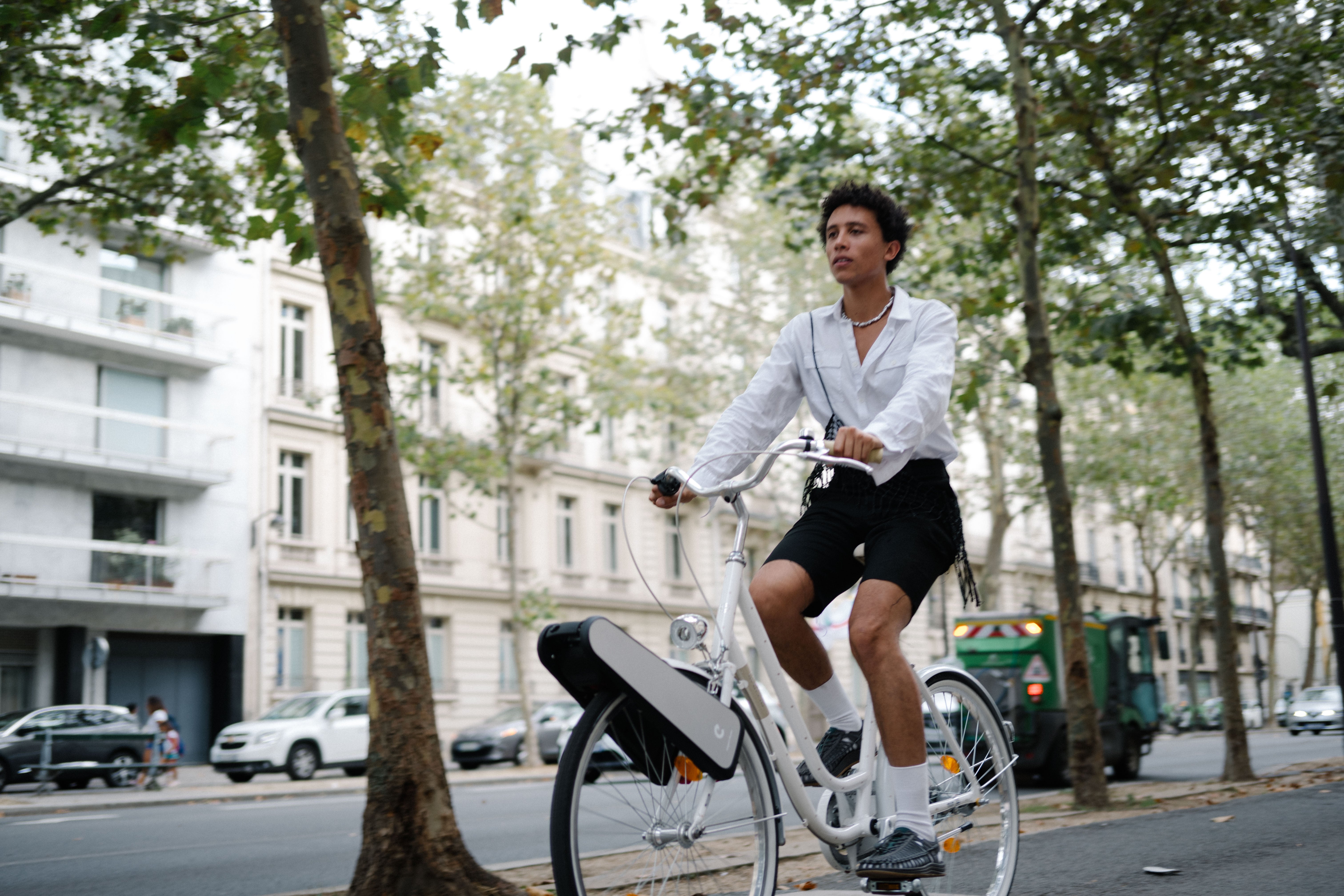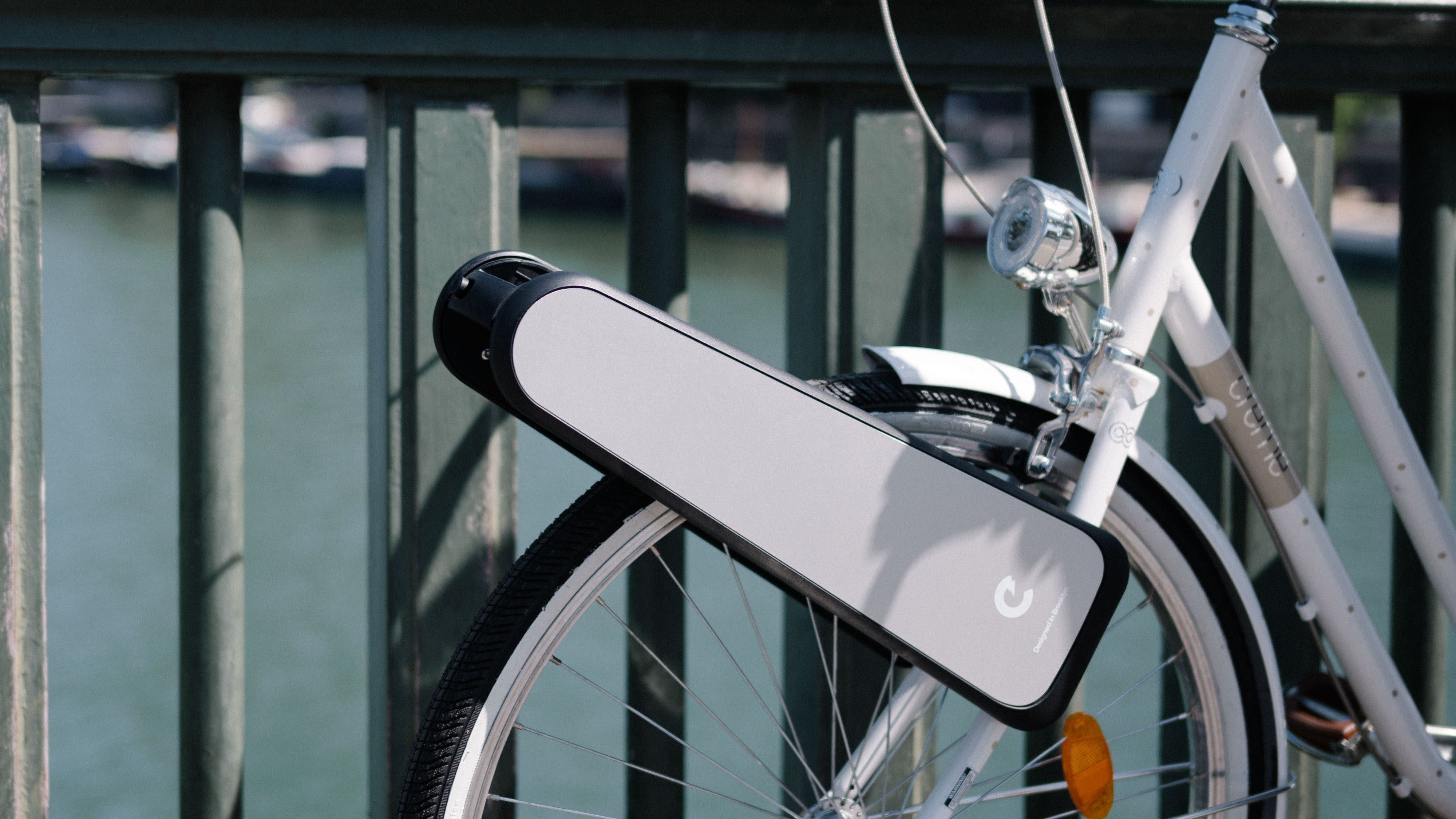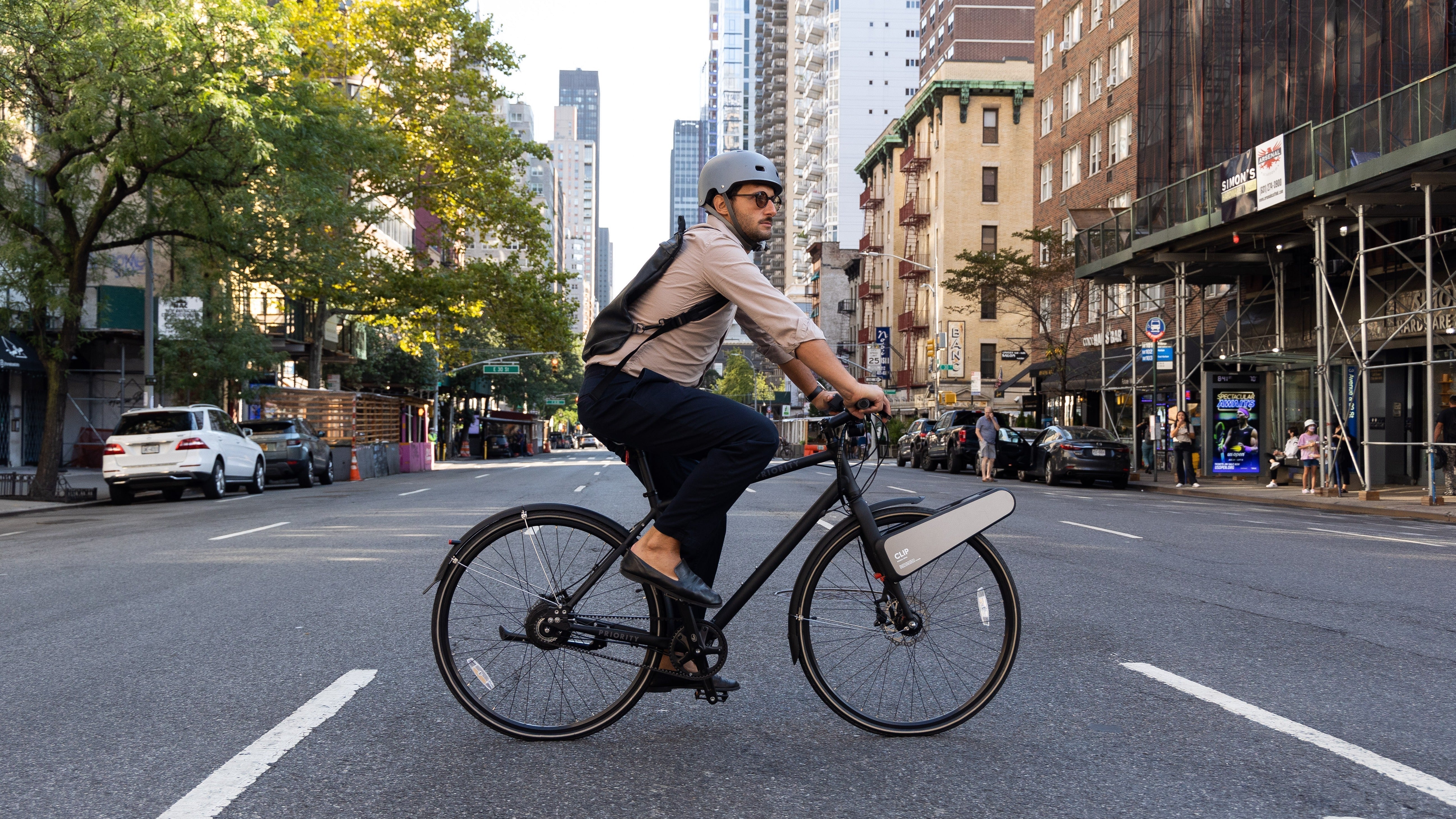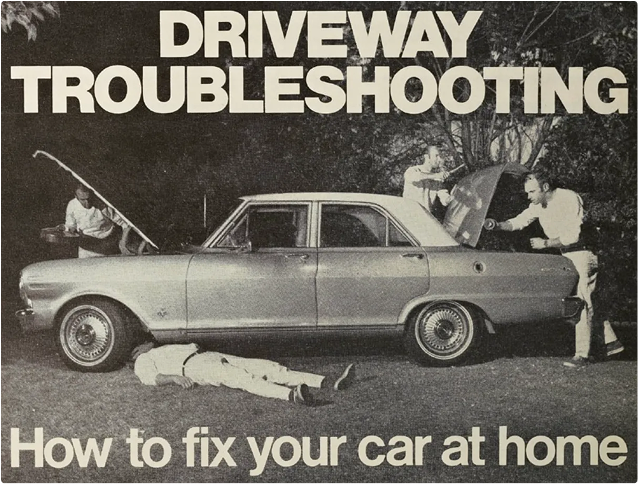Table of Contents
Introduction
According to the EPA, the average passenger vehicle emits about 4.6 metric tons of carbon dioxide per year. With growing concerns about climate change and worsening urban congestion, more people are exploring sustainable ways to commute.
One standout solution? The electric bike. In this blog, we’ll dive into how e-bikes help cut carbon emissions, why they outperform traditional vehicles in sustainability, and how CLIP’s innovative e-bike conversion kit makes green commuting simple and accessible.

The Environmental Impact of Traditional Commuting
How Much Pollution Does Your Commute Really Cause?
According to the U.S. Environmental Protection Agency, the average passenger vehicle emits about 4.6 metric tons of carbon dioxide (CO₂) annually. Multiply that by millions of drivers and the environmental toll becomes staggering.
Cars vs. Public Transport vs. E-Bikes
Let’s break it down:
-
Gas-powered cars are the leading contributors to transportation-related emissions.
-
Buses and trains are more efficient per rider but still rely heavily on fossil fuels.
-
E-bikes, on the other hand, produce zero tailpipe emissions and require far less energy to operate.
Transitioning to low-emission alternatives like e-bikes is one of the most practical ways to embrace sustainable commuting—especially in urban environments.
Graph came from TheRoundUp e-bike statistics page.
Why E-Bikes Are a Greener Solution
E-bikes are gaining popularity as a smart, sustainable transportation alternative. They combine clean energy use with the convenience of urban mobility. Here’s what makes them environmentally superior:
-
No tailpipe emissions: E-bikes don’t emit CO₂ while operating.
-
Highly energy-efficient: They consume far less electricity than electric cars.
-
Less congestion, less damage: E-bikes reduce wear on roads and ease traffic.
-
Noise reduction: They help create quieter, calmer cities.
Not only do they help the planet, but they also promote healthier lifestyles and lower commuting costs.

Take Action: Embrace Greener Transportation
Globally, more people are making the shift to eco-conscious commuting—and e-bikes are a key driver. A 2023 report by the European Cyclists' Federation found that e-bikes emit approximately 40 times less CO₂ per kilometer than a gas-powered car.
Why CLIP Makes It Easier Than Ever
Many people hesitate to switch to e-bikes due to cost or the hassle of buying a new bike. That’s where CLIP comes in.
CLIP empowers sustainable commuting by:
-
Turning your existing bike into an e-bike—no full replacement needed
-
Saving money and reducing waste through reuse
-
Providing a 30-minute quick charge and powerful boost for urban commutes
-
Being lightweight, portable, and easily attachable/detachable in seconds

Conclusion
Switching to an e-bike is one of the simplest yet most impactful ways to reduce your carbon footprint. Traditional commuting methods, especially driving, contribute significantly to greenhouse gas emissions. E-bikes offer a cleaner, more efficient alternative—especially when you can convert your existing bike using a solution like CLIP.
By embracing sustainable commuting, you’re not just helping the planet—you’re saving money, reducing stress, and investing in a healthier lifestyle.
Curious about the differences between an e-bike kit and a full e-bike? Read our comparison here.










